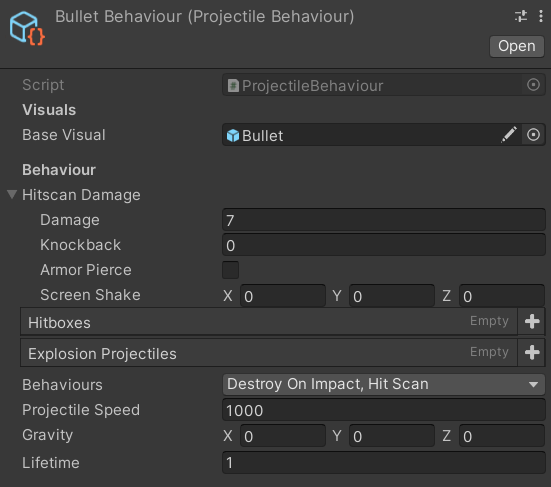
3D Game Framework
Created while at The Devhouse Agency, 2021-2022
While at The Devhouse Agency, I helped create many small 3d (and 2d) games, and for quite a few of them I was the primary systems developer. After a few projects of remaking the same basic systems again and again, I began creating all systems to be reusable, and over time it became a conglomeration of systems that I could import into projects to save days, sometimes weeks, of development time.
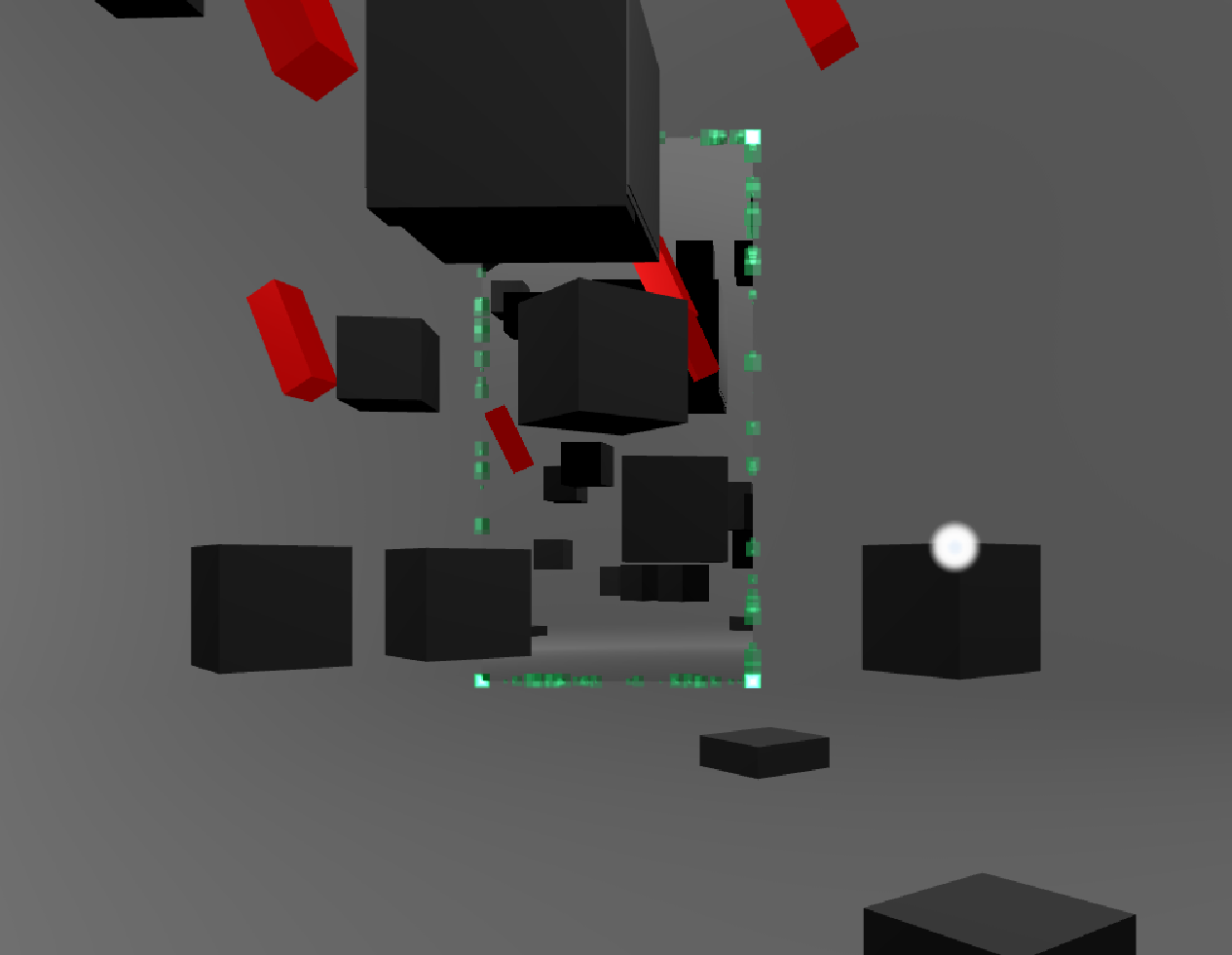
Wisp and Cleric
UTD Scripting for Games, Spring 2019
A perspective-based two player co-op platforming puzzle game. One player is a character in 3d space, while the other is a character in the 2d screen space. The 3d player must move and orient their view to allow the 2d character to jump on 3d objects in the scene in order to reach the goal.
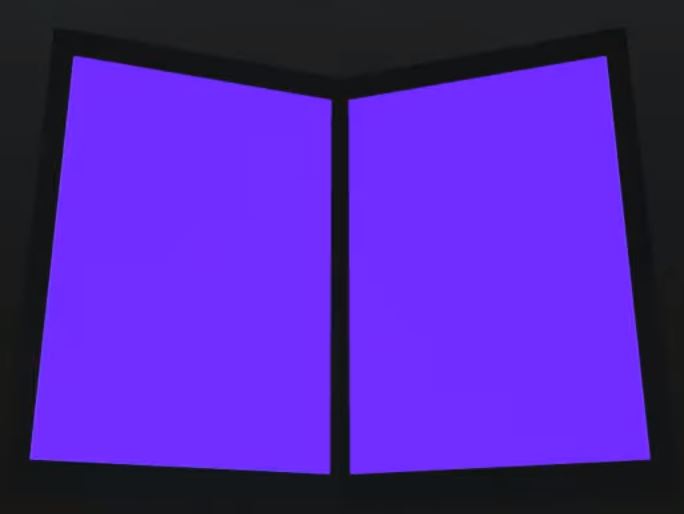
Gravity Book
UTD Scripting for Games, Spring 2019
Walk on any surface, causing the inverted normal of that surface to become your local pull of gravity. Climb onto walls, ceilings, and slopes while wielding your gravity book. This book lets you choose any two points on surfaces, causing those objects to violently attract. You can use this to move platforms and crush enemies.

Power Grid
UTD Scripting for Games 2, Fall 2020
Power Grid is a digital card/board game prototype where the player builds machines and infrastructure using cards from a deck in order to outwit the opponent and fully charge their obelisk on the opposite side of the board.
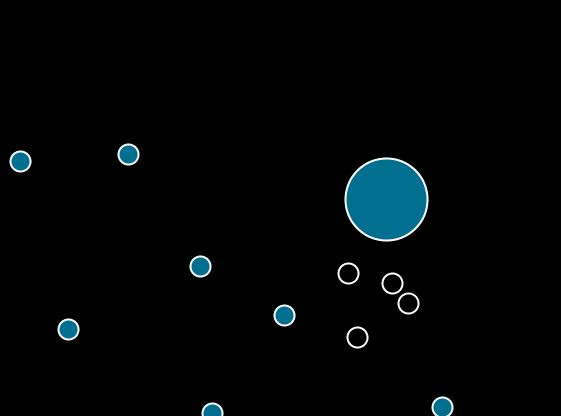
Cat Game
Personal Project
A simple and entertaining screen saver game made in the Processing language. Watch a ball bounce around the screen, leaving roadblocks in it wake that it will bounce off of. A cat might enjoy it if you play it on a tablet!
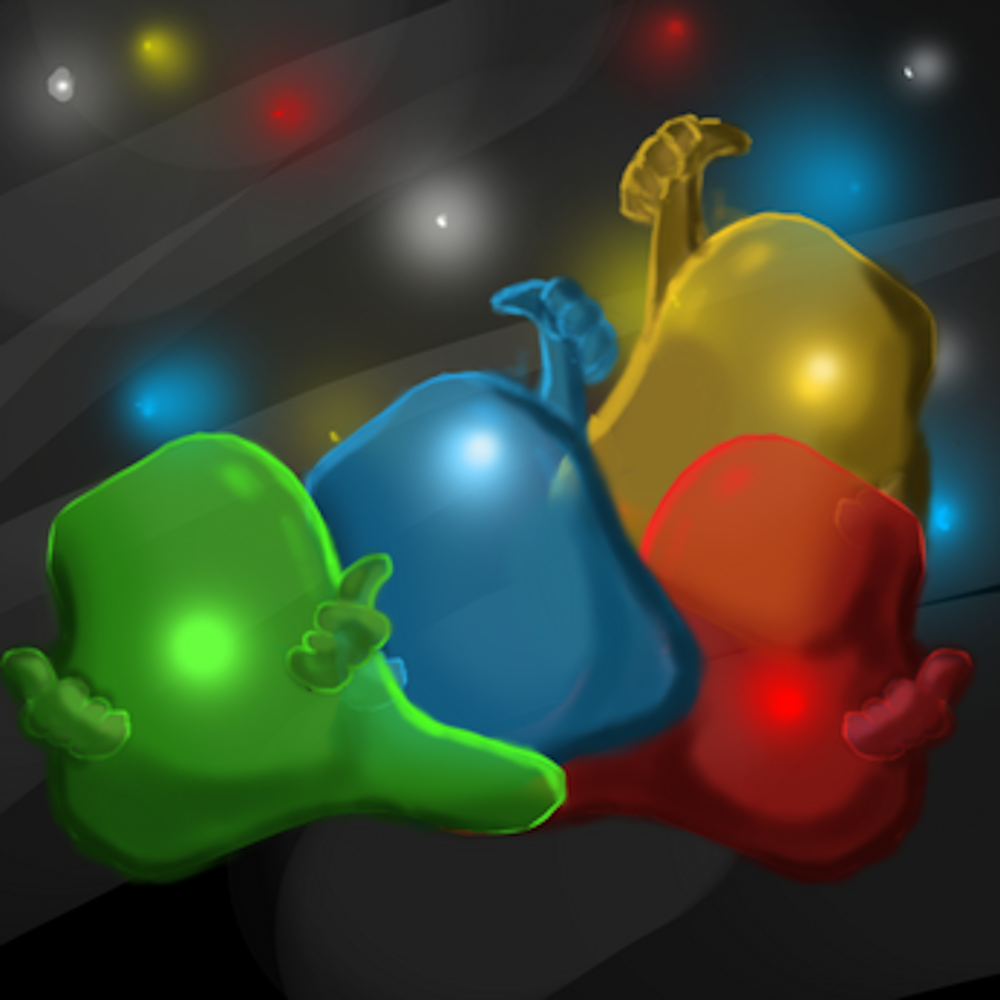
Blob Squad
Chillenium 2019
Game submission for Chillennium 2019. It is a 4-player co-op puzzle game where each person controls a small blob that can hop around. Players can combine with each other to create a larger blob, but it’s movement is determined by all the player’s inputs. Each size of blob can accomplish different tasks, so teamwork and coordination is required to win. It is available for download, but please note that it requires 4 controllers.
Chillennium is a 48 hour game jam at A&M. Blob Squad was created by me and three other developers. I did half of the programming and level design.
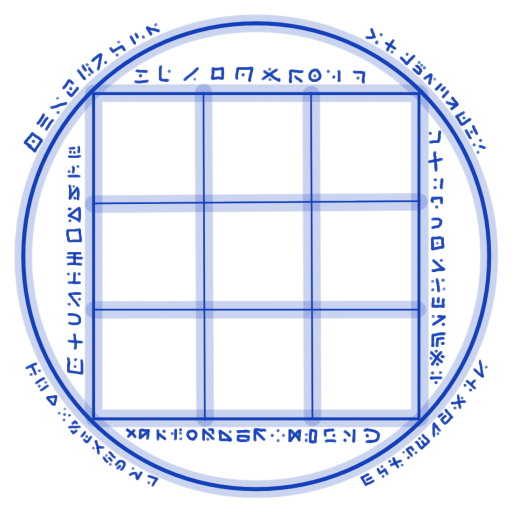
Runic Scrollery
Personal Project
My WIP mobile game. You run a magic shop and must write and sell scrolls to stay aloft. Scroll writing is an open ended puzzle, guided by requests for specific types of spells. You must draw runes in a specific order to create the desired spell effects.

The Midground
UTD Scripting for Games 2, Fall 2020
The midground is a game prototype about being able to switch between 3d and 2d movement.
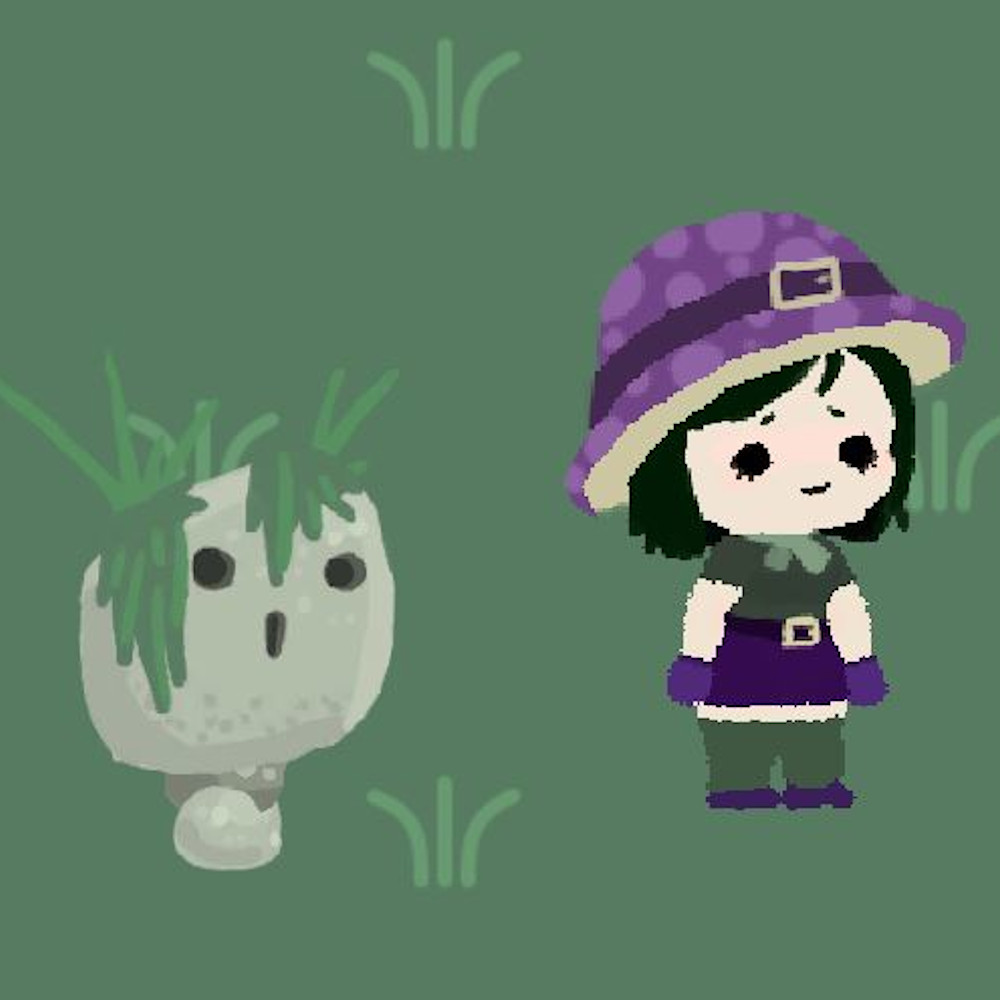
Geldamin’s Vault
Personal Project
A WIP 2d puzzle adventure game. Choose one of three characters, each with a unique ability and story, to play through the campaign (story not yet implemented). Navigate your way through dungeons in order to progress through the story and gather unique items. You can equip a restricted amount of active and passive items, some of which may be required to complete certain dungeons.
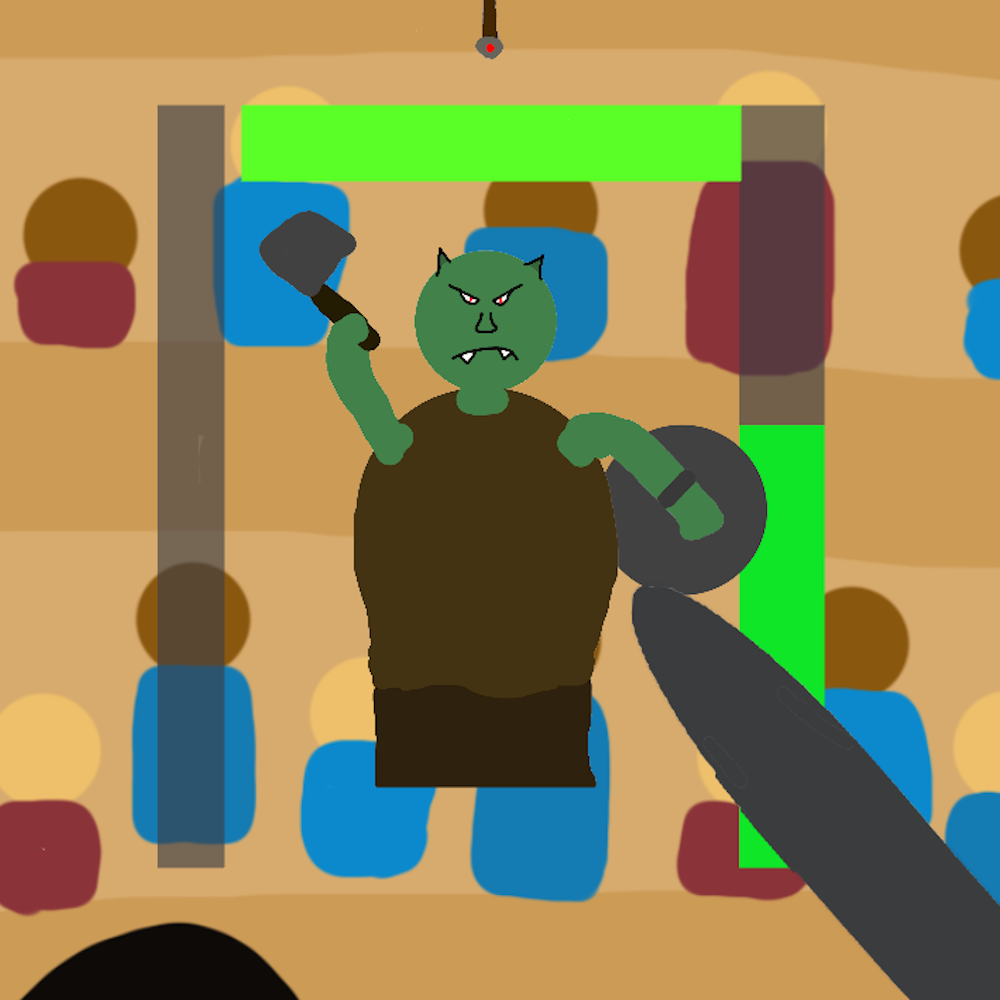
Shield and Sword
UTD Topics in Games, Spring 2020
An endless fighter mobile game for Android. Swipe across the screen to slash enemies, and hold to block their attacks. Don’t let your health drop to 0 or let your shield break! Enemies can attack or block. Blocking enemies will stop your swing, but if you manage to break their shield they’ll be stunned and open to attacks.
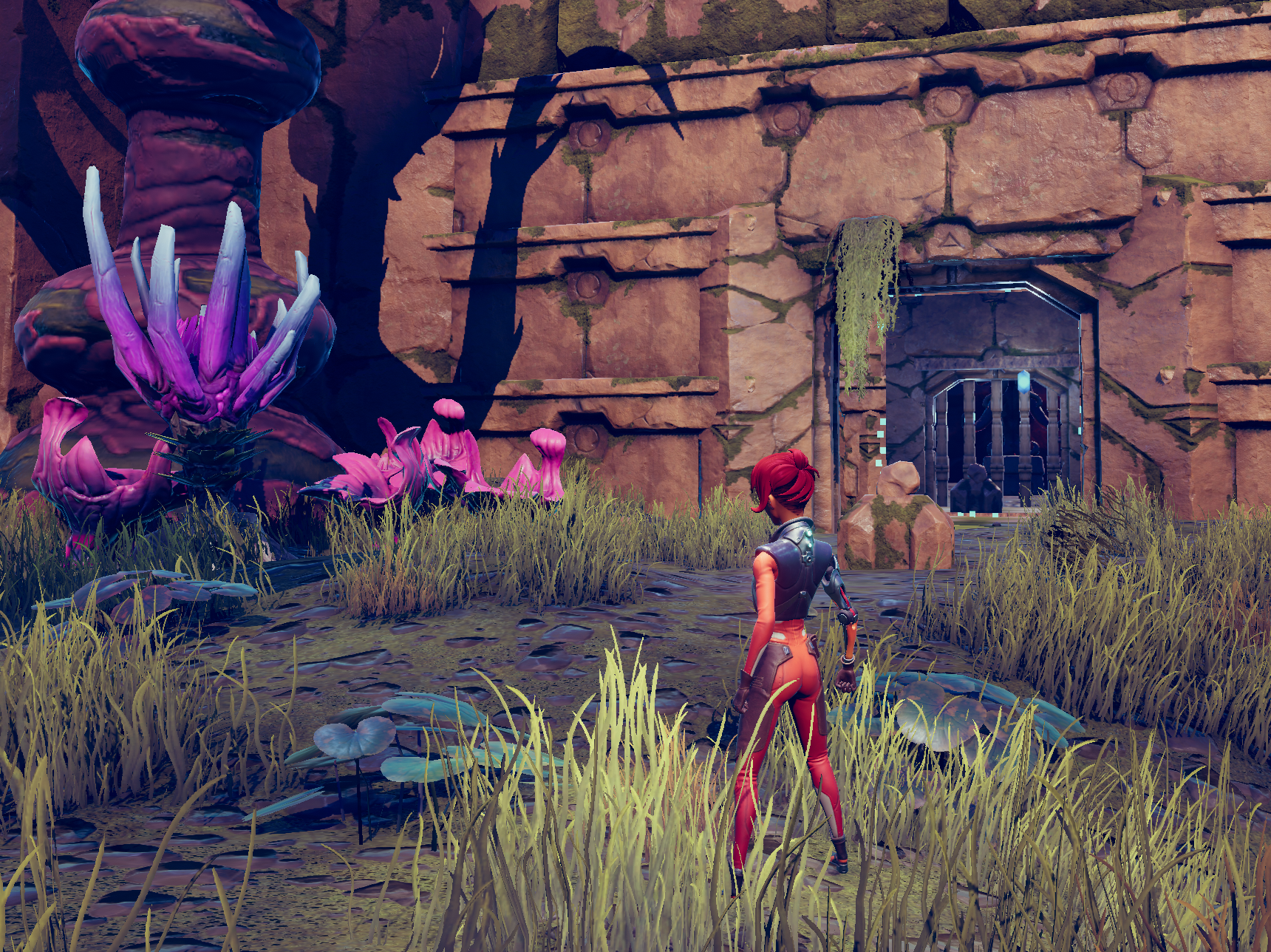
Temple of Mirrors
UTD Level Design, Fall 2019
What you see in the mirrors may not be the same as the normal world. Anything you can see in a mirror you can interact with, but only while it is visible. Shatter a mirror to flip into the mirror dimension, where you can see the normal world through the mirrors. Solve puzzles and platform your way to the end of the level. Made with Unity’s 3d game kit. Mirror mechanics created by me.
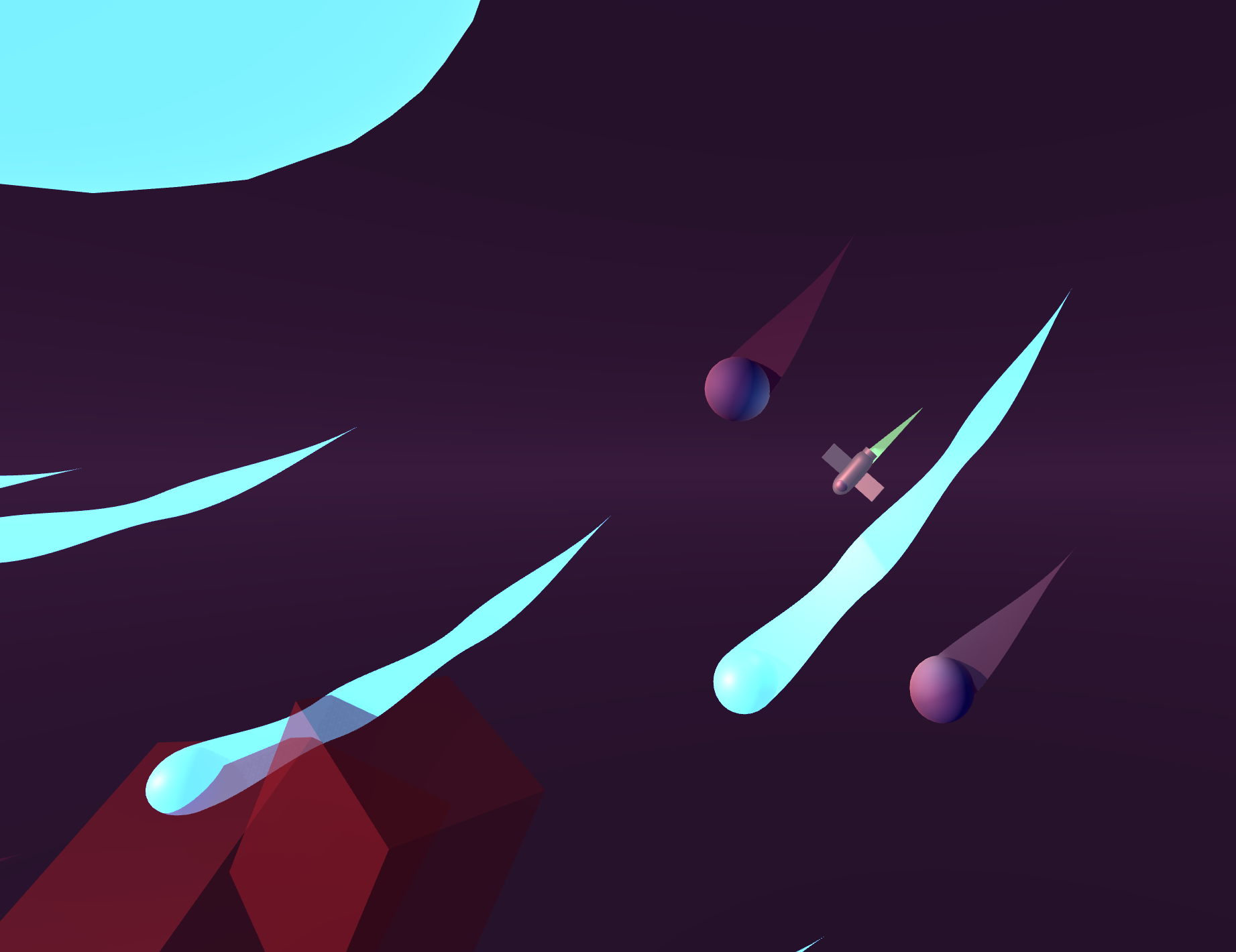
Orbit
UTD Scripting for Games, Spring 2019
Pilot a small space ship trying to find a green cube while orbiting around a star. Make sure to avoid comets, asteroids, and death zones on your way! Objects orbiting the star are affected by it’s gravitational pull, and you are also affected by the pull of comets and asteroids.
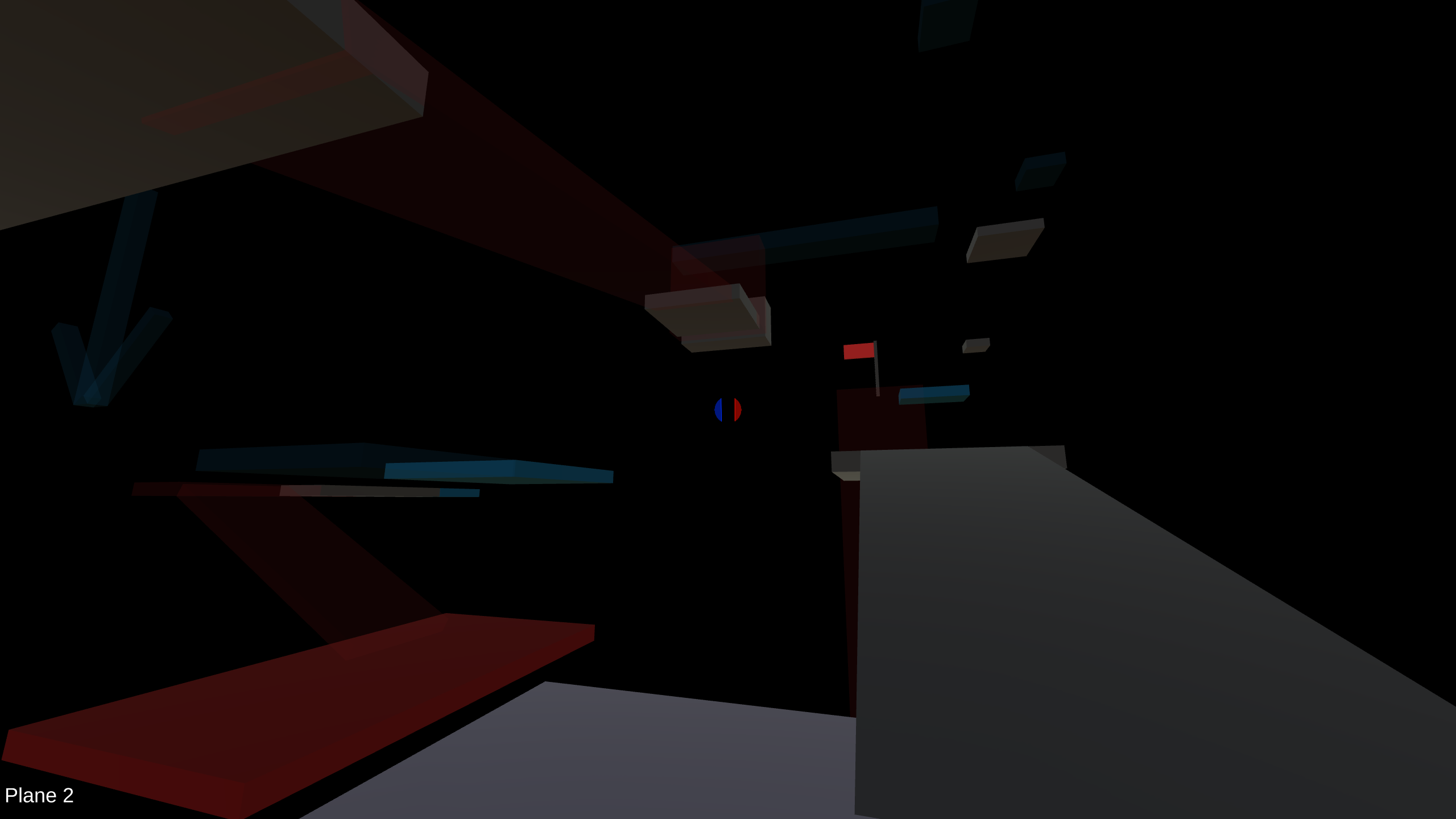
Splinterplane
Personal Project
Shift through dimensions using left and right mouse buttons in order to solve puzzles. Each dimension has two adjacent dimensions, which can be seen as transparent overlays in the world.

